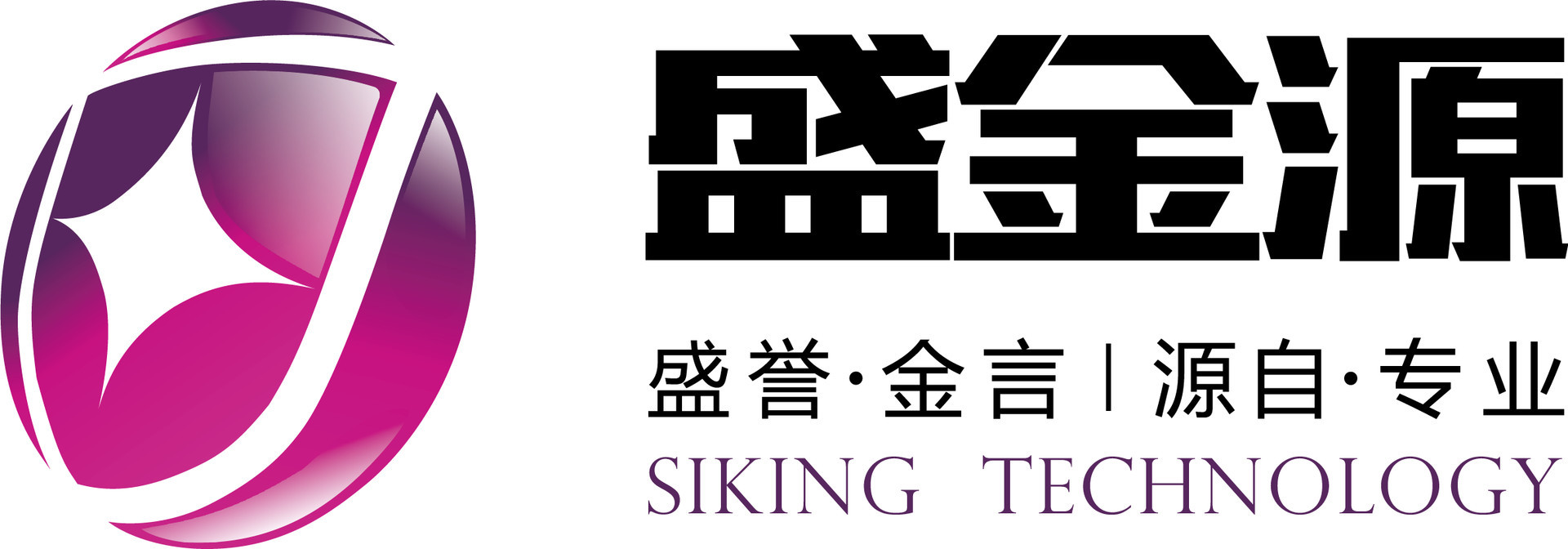Since the beginning of this year, the catering, tourism, and film markets have been popular, and the consumer market is full of warmth. Correspondingly, financial institutions have lowered interest rates on consumer loan products to compete for business growth points in the recovering consumer market. Especially during the Spring Festival, several banks have adopted various methods to attract customers, such as lowering consumer loan interest rates and launching limited time discounts.
Banks expanded their momentum through a 'price war', originally aimed at further promoting consumption. However, against the backdrop of declining interest rates, the entire consumer finance industry is facing pressure from profit pressure drop and intensified competition. Some consumer finance institutions are limited by the reality of high capital costs and high difficulty in acquiring customers, and are facing considerable operational pressure. Some practitioners even bluntly state that the consumer finance industry has become an increasingly "arduous task".
Profit dilution is the most direct challenge facing the industry. At present, the actual interest rates of consumer loans from large commercial banks have entered the "3" range. As shown in the recent promotion of ICBC's "Ronge Borrowing", loans processed before March 31st can enjoy a one-year interest rate discount of 3.7% to 3.9% per year; Bank of China's "Suixin Zhidai" and CCB's "Jianyi Loan" have annualized interest rates as low as 3.65% and 3.60%, respectively. Not only large commercial banks, but currently the lowest one-year consumer loans offered by Industrial Bank and Shanghai Pudong Development Bank are only 3.85%.
The 'involution' of bank consumer loan interest rates is actually forcing consumer financial institutions to lower interest rates. At the same time, from a policy perspective, regulatory authorities have been committed to promoting the continuous reduction of comprehensive financing costs, repeatedly requiring industries to lower loan interest rates to benefit the real economy. In this context, consumer finance institutions first need to ensure their normal operation and healthy development in order to better benefit the real economy and play a role in promoting consumption.
Consumer finance institutions need to grow and strengthen. This not only helps institutions resist market risks, but is also an inherent requirement for the high-quality development of the industry. On the surface, the "involution" of interest rates reflects to some extent the increasing competition in the industry. However, in reality, there are only about 30 licensed consumer finance companies in China, and their market space still needs to be further expanded. There is still a lot of room for improvement in their service capabilities and levels, and the overall service quality is far from meeting the growing consumer financing needs of the people.
Only by expanding the "cake" of the consumer finance market can institutions have more development space and better achieve the goal of promoting consumption. It is worth looking forward to that Jianxin Consumer Finance Company, which has been preparing for nearly 3 years, will be approved for establishment in 2022. This also means that the two-year suspension of consumer finance license issuance has reopened. With more institutions with strong capabilities joining, the scale of the consumer finance industry is expected to further expand.
In fact, the value of consumer finance licenses is rising rapidly. Since the CIRC issued a notice earlier, clearly stating that local corporate banks should not carry out Internet loan business across their registered jurisdictions, this has limited some local institutions to develop markets in other places through the Internet. The value of consumer finance licenses that can be developed nationwide has increased, and the enthusiasm of various industry institutions to obtain consumer finance licenses is also growing.

